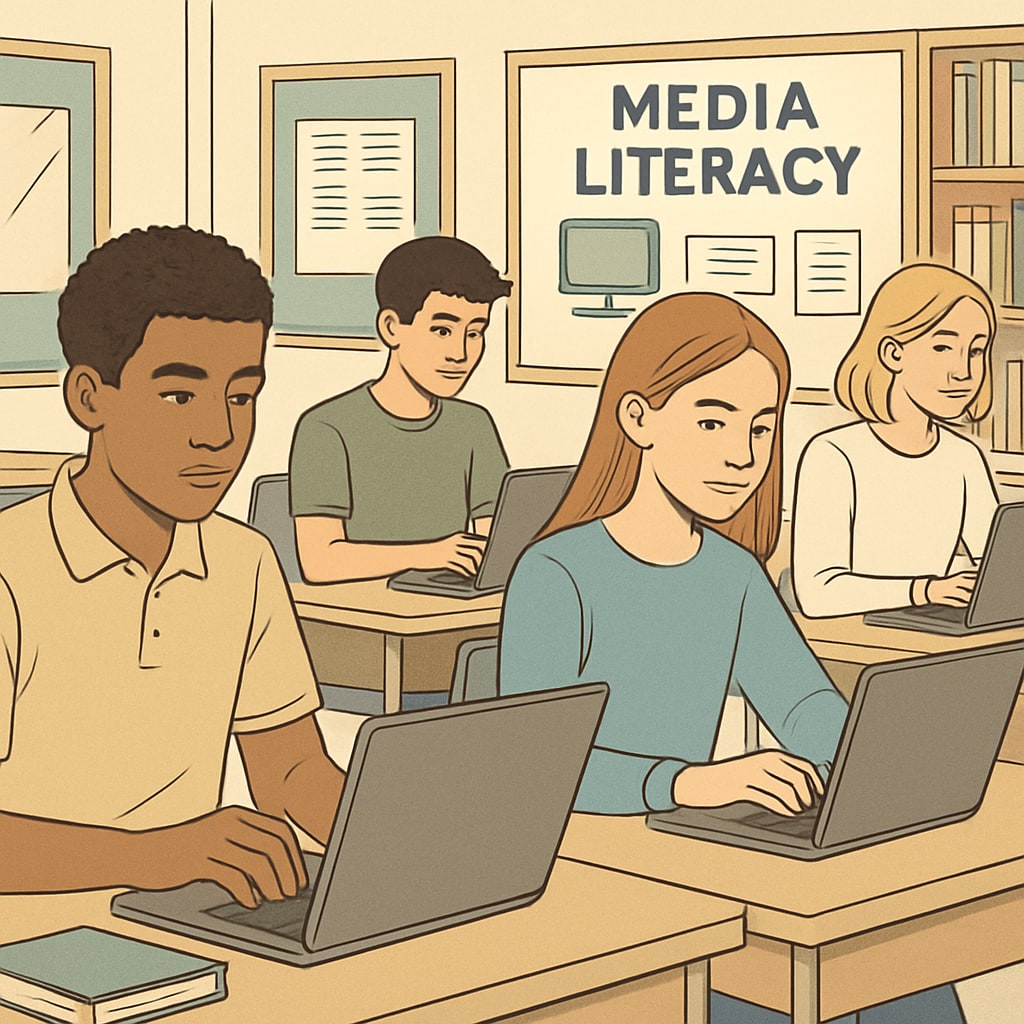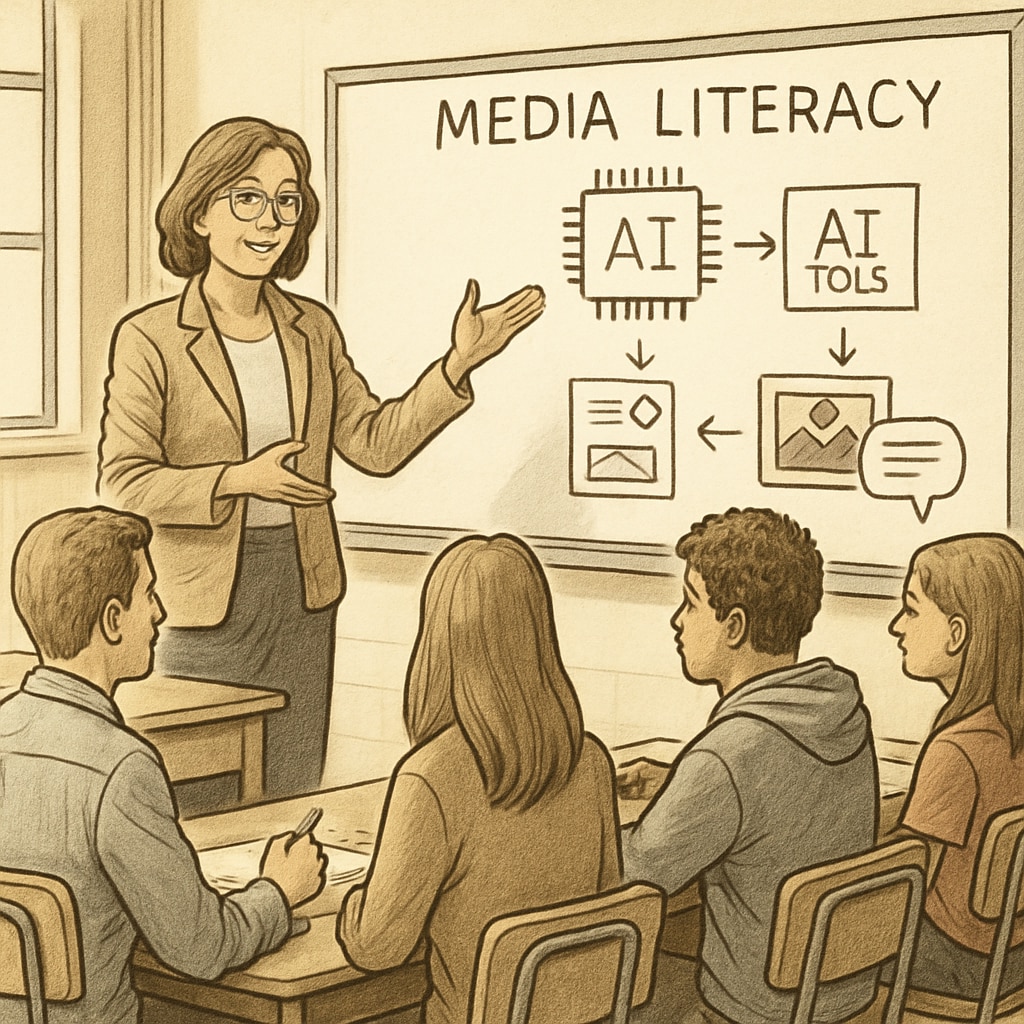In an age dominated by digital media, equipping students with critical thinking and media analysis skills is more important than ever. To support educators in this mission, we introduce a comprehensive set of AI writing prompts for media literacy teaching resources. Designed specifically for high school educators teaching grades 9-12, these resources leverage AI tools like ChatGPT to help students analyze films, advertisements, and digital content critically. By incorporating these structured prompts into your curriculum, you can empower students to evaluate media messages thoughtfully while honing their writing skills.

Why Media Literacy Matters in Today’s Classrooms
Media literacy is no longer a supplementary skill—it is a necessity in modern education. With the constant influx of information from social media, news outlets, and entertainment platforms, students must learn to discern credible sources, identify biases, and recognize persuasive techniques. According to the Media Literacy Wikipedia page, this skill set enables students to become informed and engaged citizens. By integrating AI tools into media literacy lessons, educators can create dynamic and interactive learning experiences that resonate with today’s tech-savvy students.
How AI Tools Enhance Media Literacy Education
AI tools like ChatGPT are revolutionizing the way teachers approach complex subjects like media literacy. These tools can assist students in breaking down intricate media messages, identifying underlying themes, and crafting analytical essays. For example:
- Facilitating Analysis: AI can generate guiding questions to help students analyze a film’s narrative structure or an advertisement’s persuasive tactics.
- Encouraging Critical Thinking: AI prompts can challenge students to consider alternative perspectives or to debate the ethics of certain media practices.
- Providing Writing Assistance: Students can refine their arguments and improve their essay structure with AI-generated suggestions.
In addition, these tools save valuable time, allowing teachers to focus on fostering in-depth discussions rather than spending hours crafting lesson plans.

A Sneak Peek at the AI Writing Prompts Resource Pack
This free resource pack includes five structured writing prompts tailored for high school students. Each prompt is designed to guide students through the process of analyzing different types of media. Here’s what you can expect:
- Film Analysis: Students analyze the use of cinematography, sound, and narrative in a selected movie.
- Advertisement Critique: Prompts encourage students to identify persuasive techniques, target audiences, and underlying messages in an advertisement.
- Social Media Perspective: Students evaluate the credibility of a viral post or campaign, considering its source and impact.
- News Comparison: Prompts guide students to compare two news articles covering the same topic, focusing on bias and framing.
- Creative Writing Response: Students craft an alternative ending to a media piece, explaining how their changes impact the overall message.
These prompts are designed to be flexible, allowing teachers to adapt them to various classroom settings. Whether used as individual assignments or group projects, they encourage active engagement and critical analysis.
Getting Started with AI in Your Classroom
Integrating AI into your teaching practice doesn’t have to be overwhelming. Start small by introducing one or two prompts from the resource pack. Encourage students to experiment with AI tools like ChatGPT, emphasizing that these are aids, not replacements, for their critical thinking and originality. For additional guidance, the Britannica overview of media literacy offers valuable insights into teaching best practices.
As educators, you play a vital role in shaping how the next generation interacts with media. By embracing AI-powered resources, you can make media literacy education more engaging and impactful for your students.
Final Thought: The combination of structured prompts and AI tools like ChatGPT offers an innovative way to teach media literacy. With these free resources, high school teachers can inspire students to think critically, write effectively, and navigate the complex media landscape with confidence.


